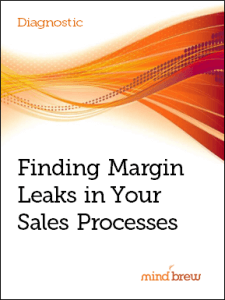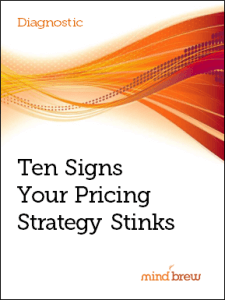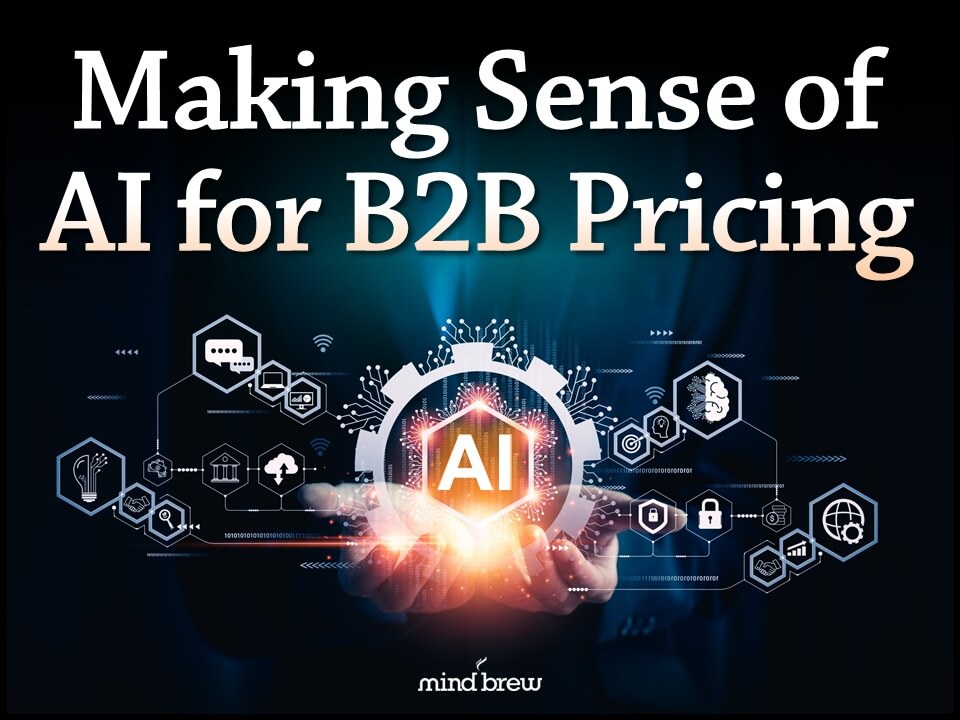Companies A and B are direct competitors with identical product costs:
- Company A has 28.6% margins.
- Company B has 24.2% margins.
Now…which company has better pricing?
Many people believe that if your margins are high, then your prices must be good…or at least, good enough. And many believe that if your prices are good…or at least, getting better…then your margins will be fat or growing.
But are margin rates a good indication of pricing quality and efficacy? How about margin rates in relation to your competitors? Or, how about your current margin rates in relation to your past margin rates?
In reality, you can have big fat margins and horrific pricing. Or, your pricing can be perfect down to the penny and still generate razor-thin margins. And what about looking at your own margin rates over time? Well, your margin rates could be shrinking precisely because your prices are actually improving!
If margin rates aren’t indicative, then the next obvious answer is to look at profitability. But alas, profitability can be skewed by all sorts of factors that have nothing to do with your pricing.
So, how do you know if your pricing is good or bad?
Prices are decisions. And those decisions are the result of a process. By examining the process through which pricing decisions are being made, we can get a very good idea as to the likely accuracy, quality, and efficacy of the resulting prices.
Let’s try again; this time looking at the pricing processes:
- Company A applies a flat, 40% mark-up to its product costs.
- Company B measures willingness-to-pay in multiple segments.
Now…which company has better pricing?

















